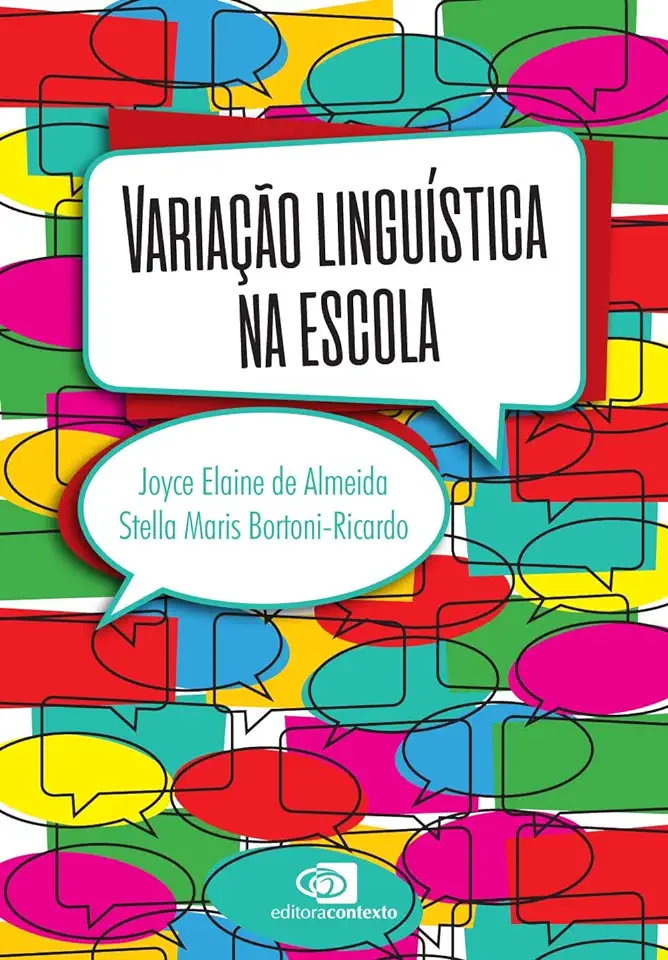
Language Variation in School - Wéllem de Freitas Taciane Marcelle; Semczuk
Language Variation in School: A Comprehensive Guide to Understanding and Addressing Linguistic Diversity in Educational Settings
Introduction
In today's increasingly diverse classrooms, educators are faced with the challenge of catering to students from a wide range of linguistic backgrounds. Language variation, encompassing differences in accents, dialects, and even languages, can significantly impact students' learning experiences and academic success. This book, "Language Variation in School," provides a comprehensive guide to understanding and addressing linguistic diversity in educational settings.
Understanding Language Variation
The book begins by exploring the concept of language variation, its causes, and its implications for education. It delves into the various factors that contribute to language variation, such as geography, social class, ethnicity, and cultural background. By gaining a deeper understanding of these factors, educators can better appreciate the linguistic diversity within their classrooms and develop more effective teaching strategies.
The Impact of Language Variation on Education
The book goes on to examine the impact of language variation on education. It discusses the challenges that students from linguistically diverse backgrounds face, including difficulties in comprehension, participation, and assessment. It also highlights the potential benefits of linguistic diversity, such as enhanced cognitive flexibility, creativity, and cross-cultural understanding.
Strategies for Addressing Language Variation
The heart of the book lies in its practical strategies for addressing language variation in schools. The authors provide a wealth of research-based techniques and approaches that educators can implement to support students from diverse linguistic backgrounds. These strategies include:
- Culturally responsive teaching: Adapting teaching methods and materials to accommodate students' cultural and linguistic backgrounds.
- Scaffolding: Providing students with the necessary support and resources to help them access and understand the curriculum.
- Translanguaging: Encouraging students to use their home languages as a resource for learning and communication in the classroom.
- Peer collaboration: Facilitating opportunities for students to collaborate with peers from different linguistic backgrounds, fostering language exchange and mutual learning.
- Assessment practices: Designing assessments that are fair and equitable for students from diverse linguistic backgrounds.
Case Studies and Real-World Examples
Throughout the book, the authors present real-world examples and case studies that illustrate the successful implementation of strategies for addressing language variation in schools. These examples provide valuable insights into the challenges and successes of implementing these strategies in different educational contexts.
Conclusion
"Language Variation in School" is an essential resource for educators, administrators, and policymakers who are committed to creating inclusive and effective learning environments for students from diverse linguistic backgrounds. By understanding language variation, its impact on education, and the strategies for addressing it, educators can empower students to reach their full potential and thrive in today's diverse society.
Enjoyed the summary? Discover all the details and take your reading to the next level — [click here to view the book on Amazon!]